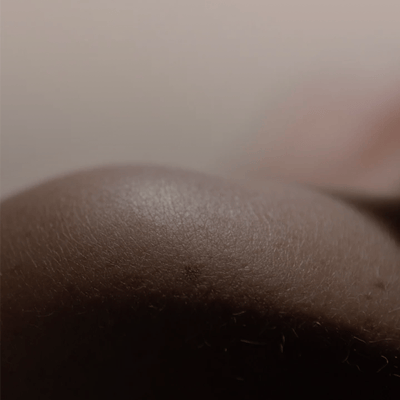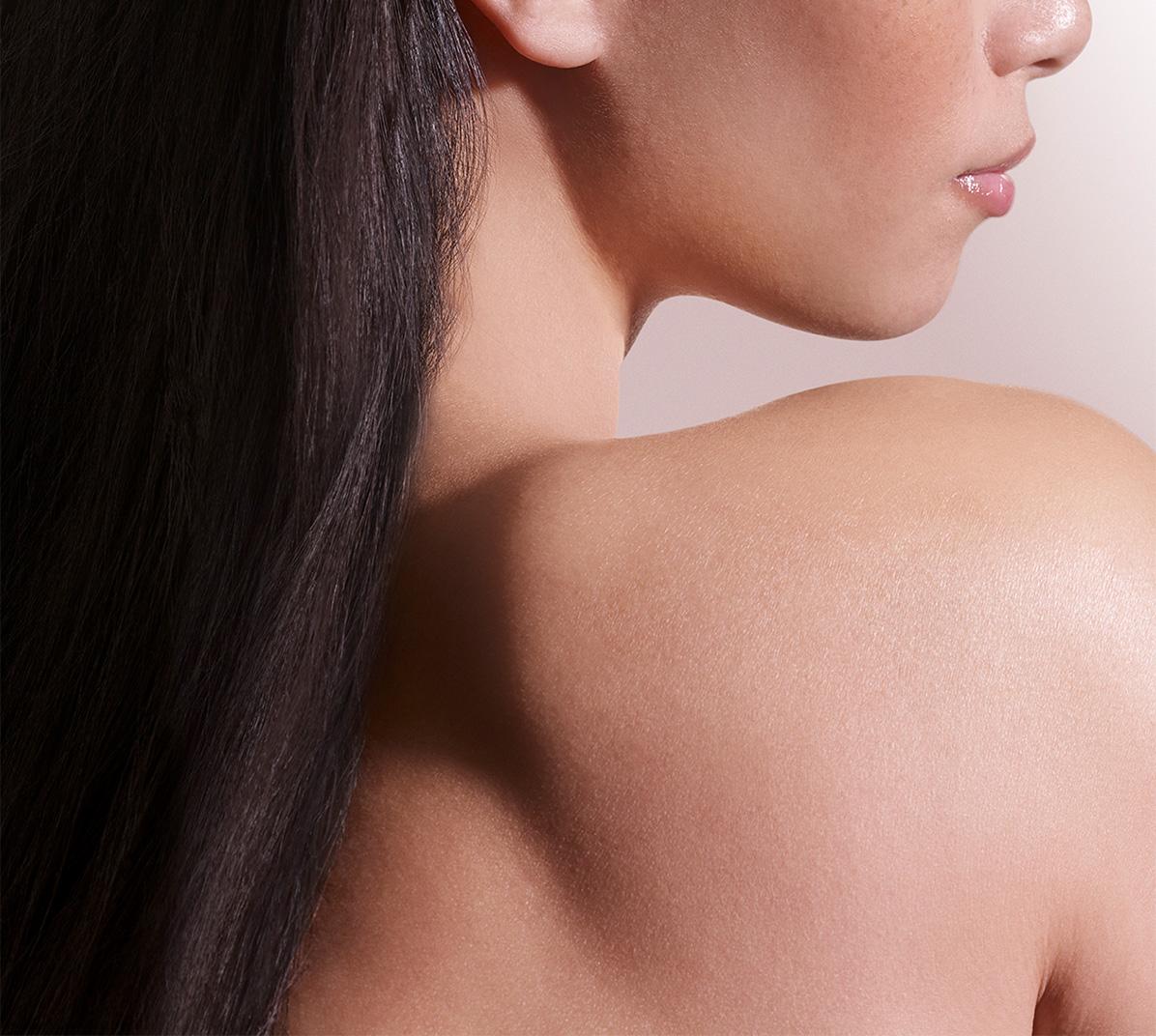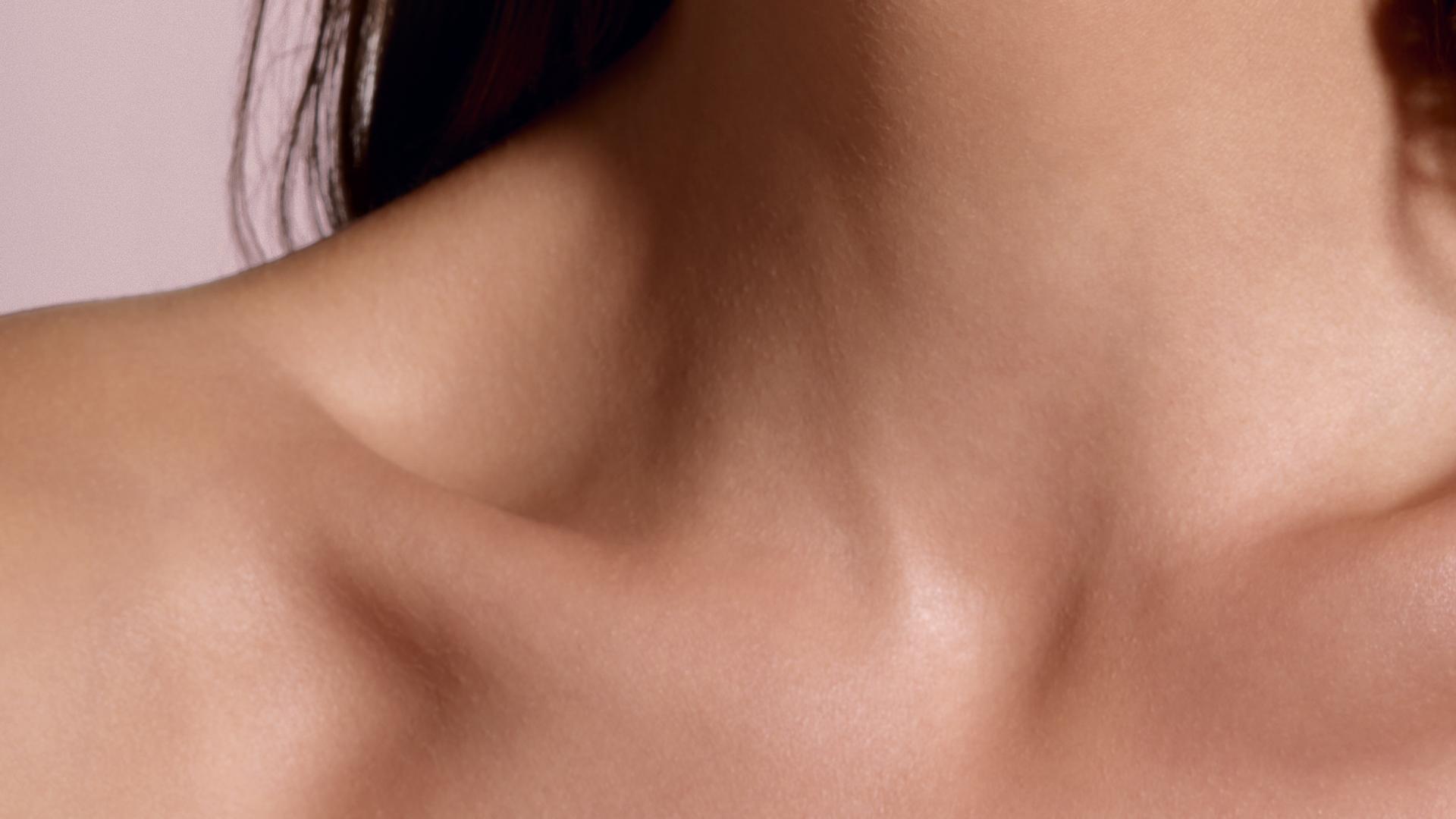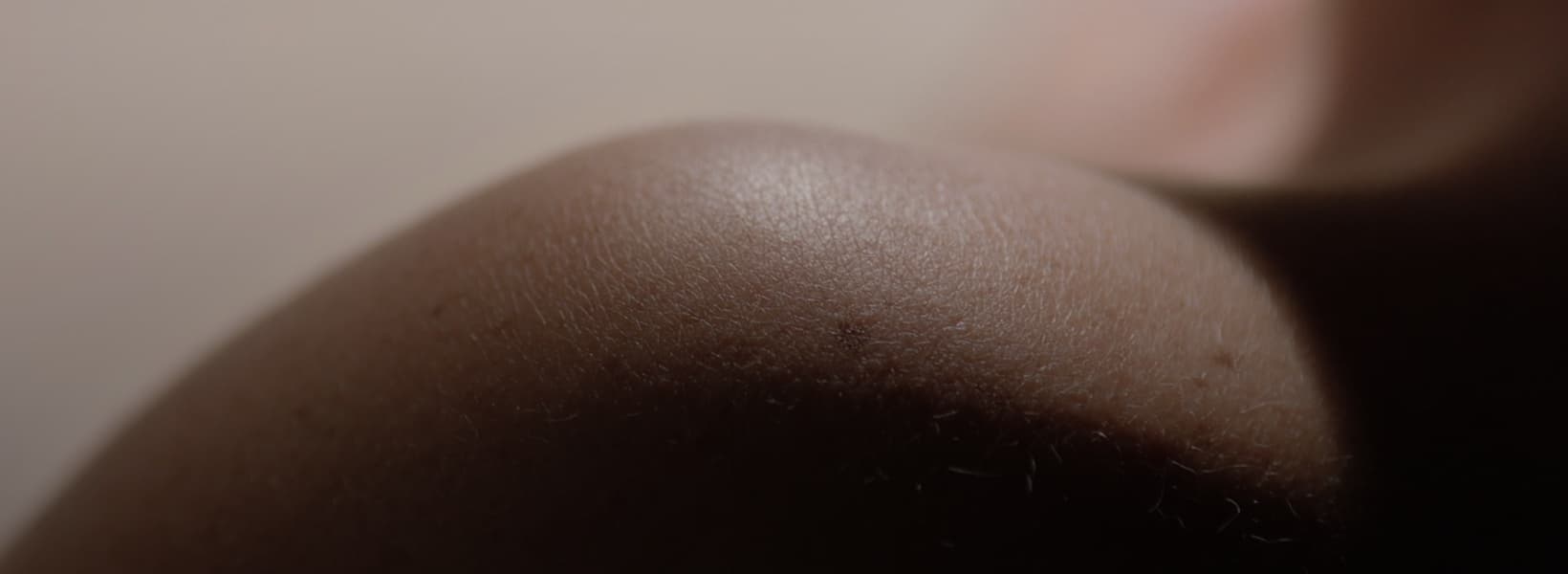
ECOBIOLOGY AND YOUR SKIN
Ecobiology and dry & eczema-prone skin
The skin is a two-way barrier between our environment and our body. Our body is made up of almost 70% water, so one of the major roles of our skin is to keep us hydrated, which is essential for the body's health. It is also the first barrier against pathogenic or irritating agents.
In atopy, the skin barrier is altered. Skin turns dry, scaly, and itchy.
Ecobiology helps to restore the barrier in a lasting way.

Understanding Eczema-prone skin
When the skin is damaged, quality of life is affected from an early age.
Due to their genetic background, some people’s skin produces less lipids and proteins these are essential to the skin’s ecosystem to protect the epidermis.
Skin becomes irritated and inflamed.
The origins of atopic dermatitis lies in genetic predispositions that impact certain biological mechanisms of the skin, and mainly in the epidermis.

Stimulate the skin’s natural resources to improve the discomfort
NAOS research is involved in understanding the natural mechanism imbalance involved in atopy-prone skin. This imbalance in the skin barrier leads to a deterioration in the skin's natural defences, exacerbated inflammation and increased dryness and discomfort.
Skin Barrier Therapy technology acts on the cause of this imbalance, in order to help the skin’s ecosystem to rebalance itself.

Eczema-prone skin mechanisms and solutions to improve it
When the epidermis lacks the lipids or proteins it needs to create a proper barrier, skin becomes deeply dehydrated and permeable to the exterior. The immune system constantly reacts, even to benign elements, creating inflammation. The skin’s barrier and microbiome change further, and bacteria, especially Staphylococcus aurea (known as the golden staph), spread on the skin. Dryness, flakes, and intense itching settle in.
